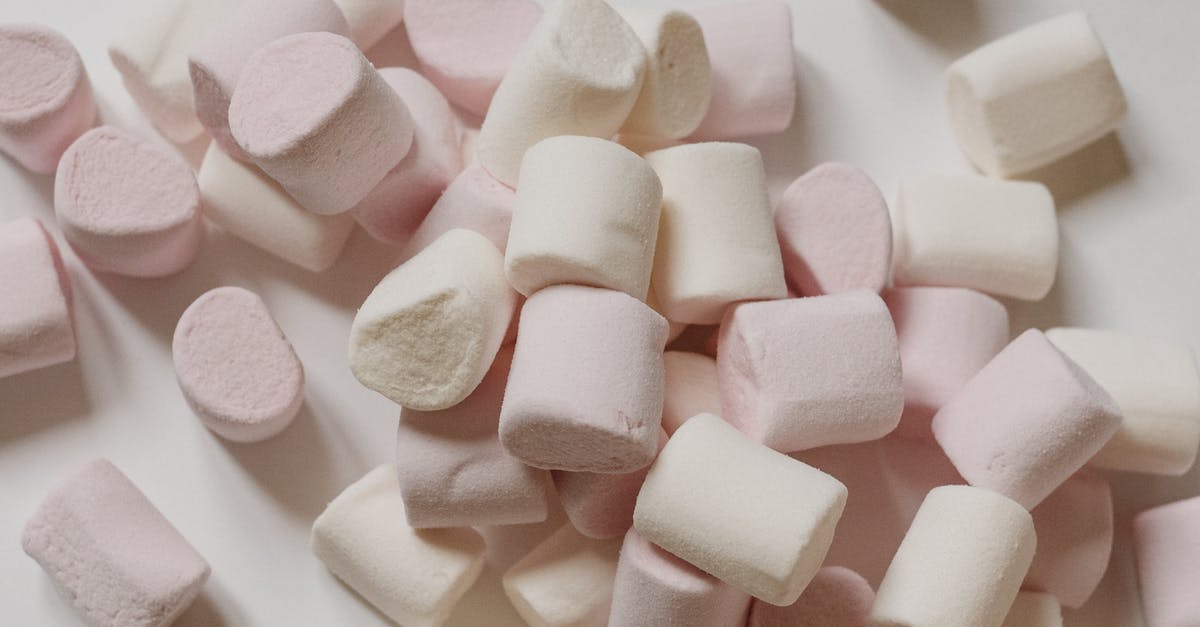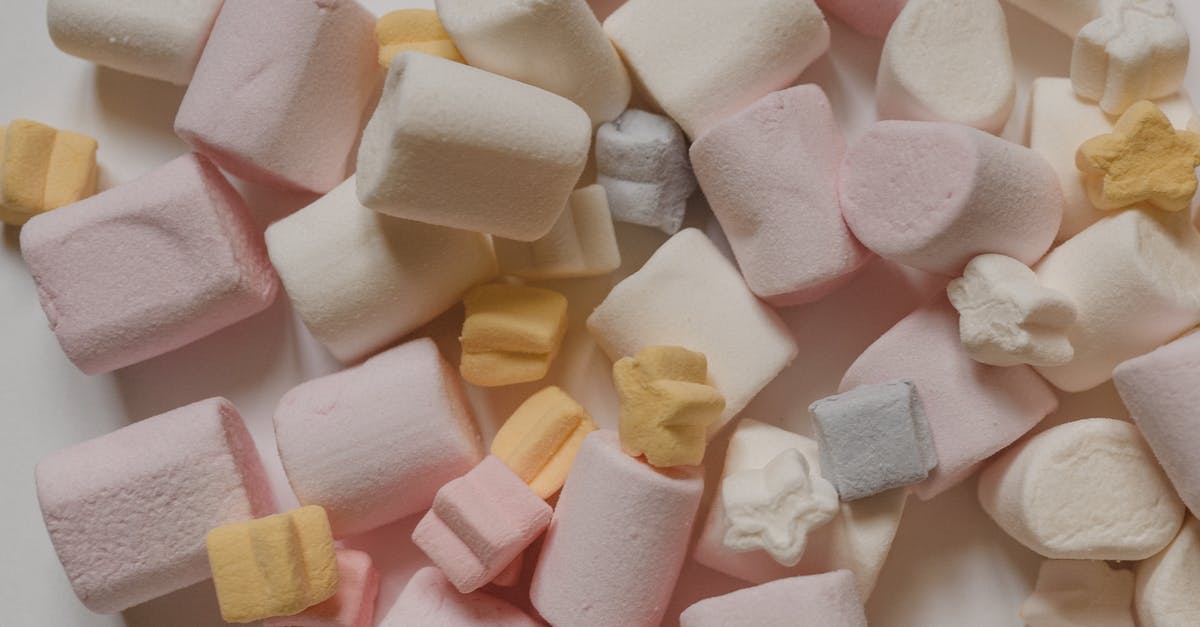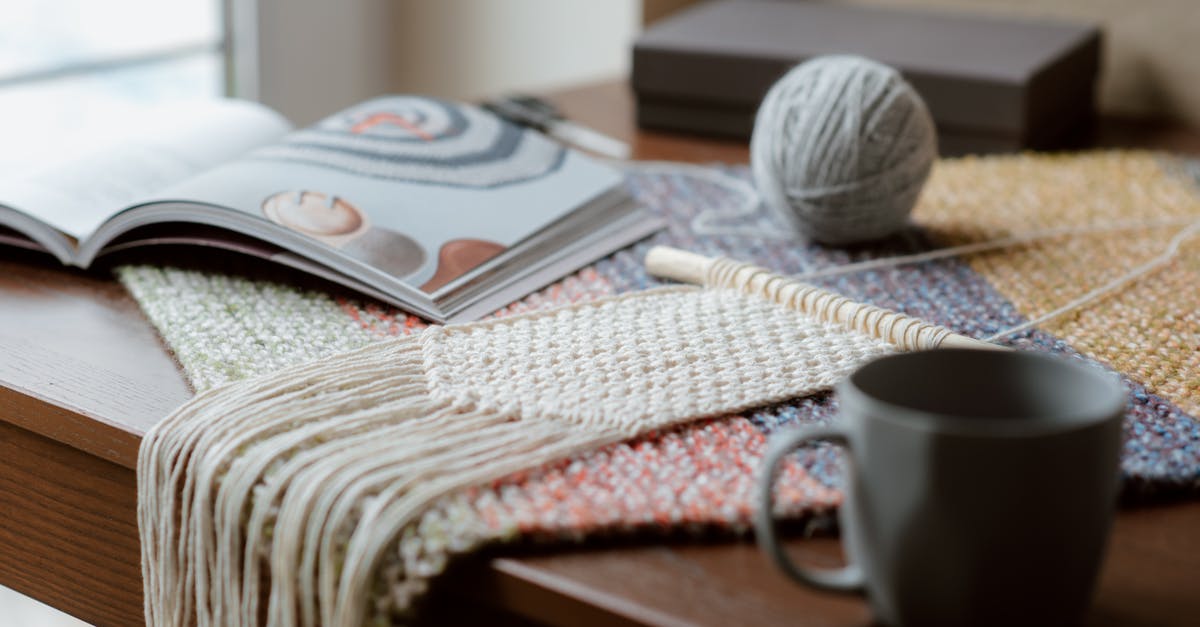Boil candy for 1-½ hours to soft ball stage?

I’ve recently run across a recipe in a vintage cookbook (probably the fifties, as the phone numbers in it are exchange numbers) for “Two-Hour Candy”:
Two-Hour Candy
- 7 c. sugar
- 1 cube butter
- 1 lg. can Pet milk
- 1 sm. can Pet milk
- 1 bottle white Karo syrup
- 3 c. nuts
Mix first 5 ingredients. Boil 1 1/2 hours. Stir often. Cook until it forms soft ball or 235 deg. F. Remove from fire and beat 1/2 hour. Add nuts.
While I’m not experienced with using evaporated milk, my general experience is that if I attempt to boil a mix like that for an hour and a half, it will go far beyond 235° Fahrenheit.
This is probably about six times the amount of candy I would normally make, but while I would expect it to take longer to come to a boil, I would not expect it to take such a long time after it comes to a boil.
Am I wrong? Or am I misreading this recipe in some way?
“Two-Hour Candy” appears to be a unique title, and I was surprised at how few responses “Pet Milk Candy” returns. I did find an interesting Pet Milk cookbook from 1930, Pet Recipes, (it’s part of MSU’s fascinating Little Cookbooks collection) but found no corresponding recipe in it.
I realize that I could just boil it to the appropriate temperature and disregard the time, but that assumes I’m reading the recipe correctly and not misunderstanding terms that may have changed over half a century or so.
Best Answer
This is a known method to make dairy caramel. Instead of caramelizing the sugar quickly over a high heat and then quench it with the dairy, one starts with all ingredients combined, in a very wet mixture, and cooks the liquid out until the candy has the desired consistency. In the meantime, the sucrose/syrup's sugars and the dairy's lactose caramelize together.
It is not so unusual to need a long time for the process to work, for example Brunost also uses lactose caramelization and needs even longer.
I suppose the whole thing will work smoother if you keep it at a simmer rather than at a boil. I cannot say why the text says "boil", maybe they are not all that exact with terminology. Or maybe they really assume that you will sit at the stove all the time and stir as much as needed, as opposed to maybe letting it cook for an hour longer, but at a lower temperature. It is also possible that you do have to stir almost all the time once a certain consistency has been reached, so it makes sense to keep the boil a bit brisk from this point.
As for not being able to find similar recipes, it seems that the cookbook chose the title somewhat at random. It is a known method, and one can find many recipes for "caramel candy" or "fudge" which use it. "Evaporated milk fudge" will better discriminate between slowly-cooked methods and quenched methods. For example, that search term returned this video, which is a nice demonstration of the method. I would say that you can certainly disregard the time, as usual in candy making, it is the temperature that counts.
Pictures about "Boil candy for 1-½ hours to soft ball stage?"



How long does it take to boil sugar to soft ball stage?
Allow the temperature to rise on the thermometer until it stops, approximately 10 to 12 minutes. If the thermometer is accurate it should read 212\xb0F, at sea level.How long do you boil fudge for soft ball stage?
Combine sugar and milk in a small pot and cook over medium high heat. Stir continuously while the mixture boils for about 10 minutes. After 10 minutes of boiling, check to see if the 'soft ball stage' has occurred.How do you know when candy is at soft ball stage?
You test by drizzling a small amount of the sugar syrup from a spoon into a cup of cold water. If the stage has been reached, the syrup will come together and briefly form a soft ball (more accurately, a soft clump with a bit of height to it.)How do you boil to soft ball stage?
At the soft-ball stage, sugar and water boil to 240\u2013250 degrees Fahrenheit, and the sugar syrup contains about 90 percent sugar. For some candies, the soft-ball stage is just one step in the candy-making process.How to Make Rock Candy | Easy Homemade Rock Candy Recipe
Sources: Stack Exchange - This article follows the attribution requirements of Stack Exchange and is licensed under CC BY-SA 3.0.
Images: Anete Lusina, Arina Krasnikova, Arina Krasnikova, Anete Lusina

